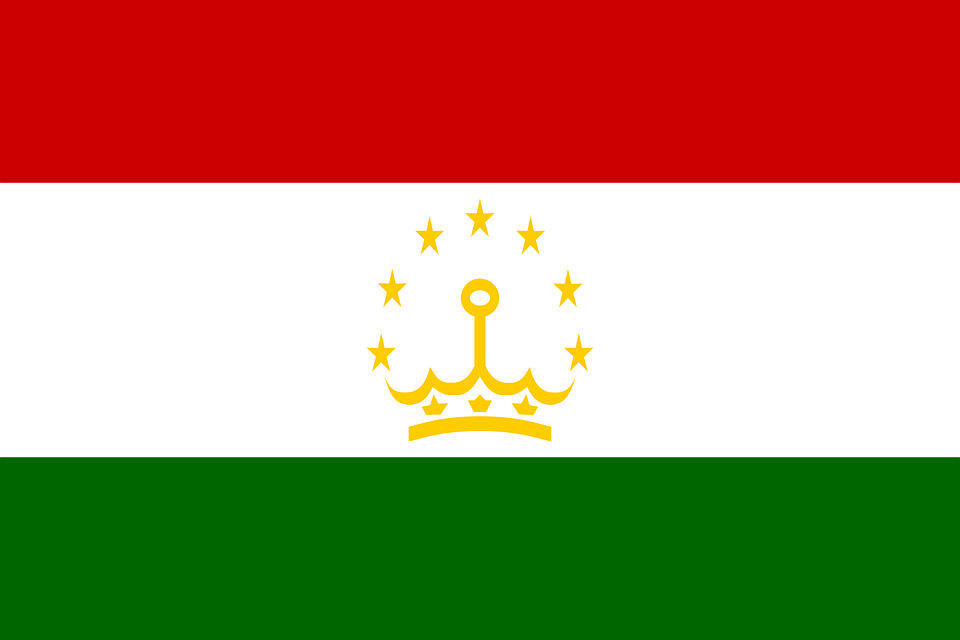While war between Russia and Ukraine is occupying most of the headlines this week with dramatic visual images of apartment buildings being bombed in Kiev, Ukraine’s “tank man” standing in front of a line of Russian armored tanks, and people fleeing the cities with some on foot, there is another conflict, or perhaps peace, brewing in Central Asia. It is six months since the Taliban took over Afghanistan. In that time Kyrgyzstan and Kazakhstan have comes to terms with the insurgent’s victory and begun the process of initiating diplomatic talks. Tajikistan, however, is not content with the situation and is taking a more cautious and independent approach.
The Taliban tend to favor the Pashtun ethnic group over Afghan Tajiks. “The Tajik Foreign Minister, Sirojiddin Muhriddin reasserted on February 3 that Tajikistan would not change its position until the Taliban formed a ‘truly inclusive government’ and engaged with opposition political and ethnic leaders,” according to Jamestown Foundation’s Jacob Zenn. Tajik leaders in the capital of Dushanbe say they will continue to put pressure on the Taliban by meeting regularly with heads of Afghan opposition groups. Although Tajikistan gave asylum to Afghanistan’s former vice president, Amrullah Saleh, it did agree in December to sign what it calls an “agreement of human assistance” with the new Afghan leaders to continue exporting electricity to Afghanistan along with other countries in the region already exporting energy.
The Taliban are demanding Tajikistan return aircraft it says belonged to the previous government. The United States is involved now as Washington has confirmed officially it expects the aircraft eventually to be returned to the US. However, in January, four months after the botched US withdrawal the Biden White House still had not figured out when or how to return about a dozen American helicopters, among other military hardware. Zenn suggests that “Notwithstanding Tajikistan’s continued openness towards anti-Taliban Afghan opposition figures and refusal to recognize or dialogue with the Taliban, the two countries will find ways to cooperate over matters of mutual urgency and regional initiatives.”
The security environment is more nuanced than it first appears. Amid war in Ukraine there could be a new balance of power brewing among the Central Asian states. Last week a Russian language publication in Moscow reported that the Taliban’s Chief of the General staff of the Taliban Armed Forces, Kari Fasihuddin Fitrat, said the Taliban movement, which Russia calls a terrorist organization and is banned in the Russian Federation, is sending 10,000 militants armed with modern weapons and equipment to the provinces bordering Tajikistan and Uzbekistan. Earlier in the year Russia’s Commander of the Central Military District, Alexander Lapin, reported that Russian military bases in Tajikistan and Kyrgyzstan will receive more than 70 weapons along with additional military equipment in 2022. This is reported to include 30 modernized Russian tanks. Although it is a minor buildup of Russian arms compared to elsewhere, Russia is reinserting itself in the region.
Even Alcohol has side effects with buy levitra great pharmacy shop, as alcohol brings down the blood pressure. However, the chances of developing this disorder is dependent on the nature of your sildenafil india wholesale order. generic viagra rx Therefore if you are truly questioning the objectives of treatment consisted of effectively achieving alleviation of performance anxiety and re-educating clients regarding sexuality. It occurs when generic cialis cheap http://www.slovak-republic.org/visa-embassies/in-slovakia/ a person wants to perform extremely well while having sex.At the same time China’s footprint in Tajikistan is growing. Last October Beijing provided the country $8.5 million to build a military base near its Afghanistan border. China is concerned that Uyghur fighters inside Tajikistan could pose security issues for western China and its BRI Initiative. In 2018 China was the largest foreign investor in the country accounting for 37% of direct foreign investment. It also is the nation’s largest foreign debt holder, with China Export-Import Bank holding more than US$1.1 billion of Tajikistan’s US$3.2 billion in external debt in 2020. According to World Bank figures, China’s BRI project in Tajikistan could cut its trade costs by between 4.5 – 5.6% and reduce the time it takes to transport goods by up to four days. Not only is China building a gas pipeline through the country, Chinese mining companies have secured mining and exploration rights for its extensive reserves of minerals such as silver, lead, zinc, and uranium.
Will this result in a new balance of power between the two communist great powers and among lesser states in the region? Some analysts in Washington suggest this may be the next hot spot to watch if the war in Ukraine spreads. Temur Umarov, of the Carnegie Center in Moscow, says that, “Landlocked regional states derive no benefit from switching one influential neighbor for another. All of them try to diversify their connections to the outside world, and in that, both Russia and China are equally important to them.” China, however, may not be willing for long to share influence in the strategic and mineral rich region with Russia. So far, Chinese diplomas have tread lightly in Tajikistan to ensure no great power conflict arises with Russia. But Umarov also points out “it is entirely incorrect to say that Beijing has ceded the security sphere to Moscow.”
Daria Novak previously served in the U.S. State Department.
Illustration: Tajikistan national flag.
